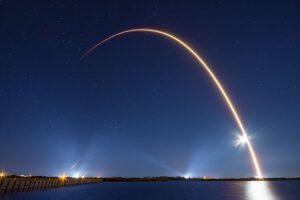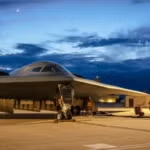
The U.S. Space Force views space situational awareness as a key priority going forward and with good reason, apparently, as Vice Chief of Space Operations Gen. David D. Thompson said on Feb. 9 that he expects more than 10,000 satellites on orbit in the near term. "For years we've been using the tagline that space is 'congested, contested and competitive, and I would say that probably more so than at any time in the past, that tagline applies," he told…














